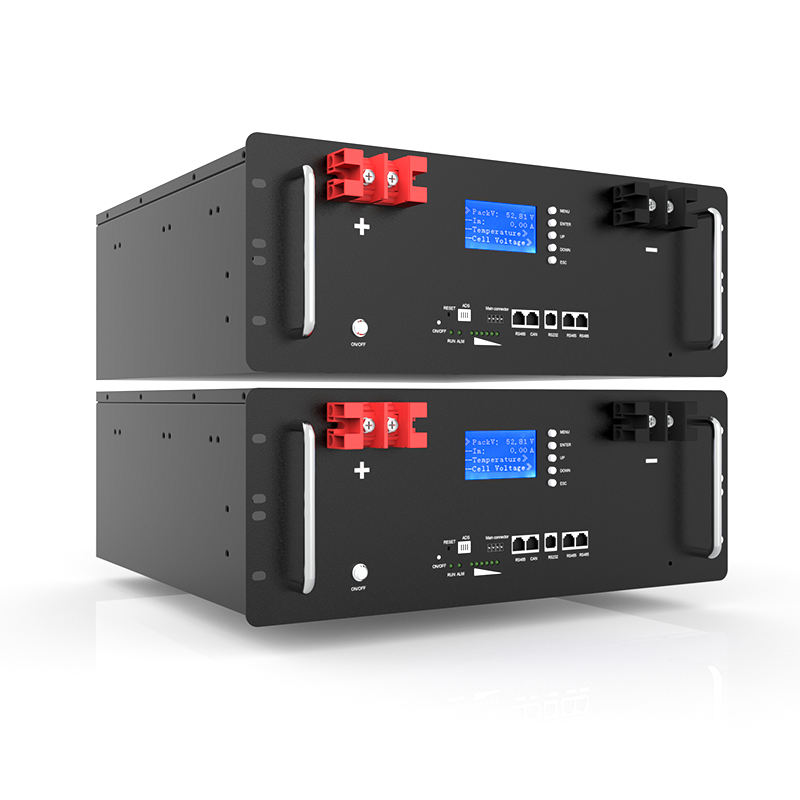Lithium-ion batteries are divided into square batteries, soft-pack batteries, and cylindrical batteries according to different packaging processes. Currently, power batteries on the market are mainly square batteries, digital products are mainly soft-pack batteries, and cylindrical batteries are filling the market share as cost-effective products. What are their characteristics?
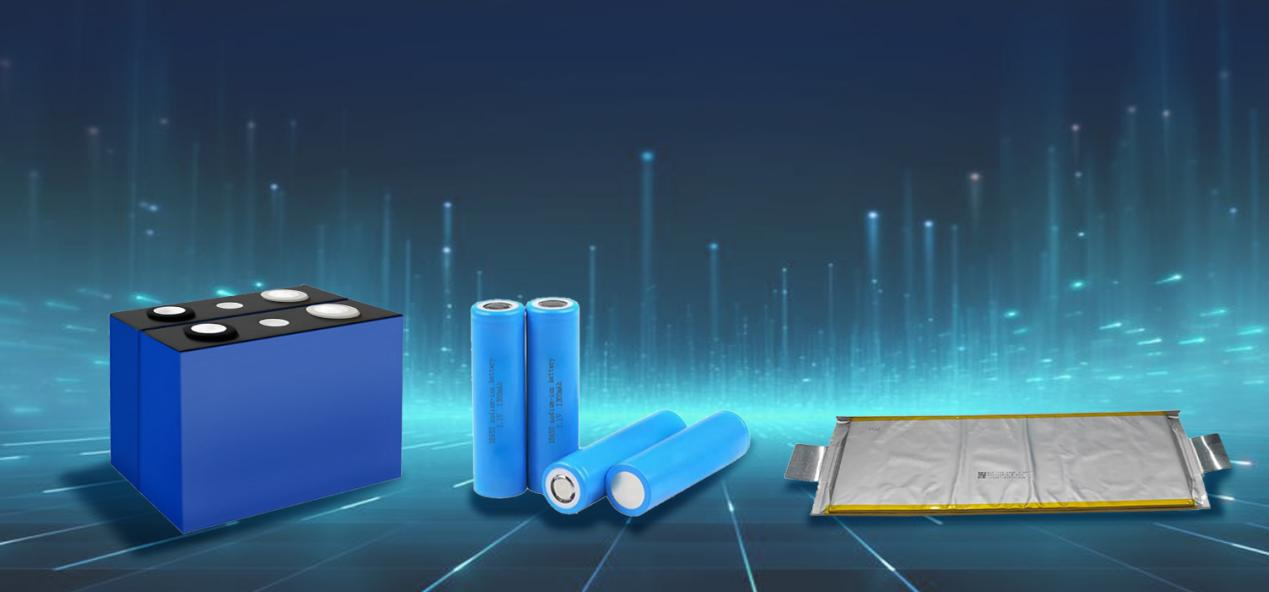
Square battery
Features: The outer shell is made of aluminum alloy or stainless steel, and the inner shell has winding or lamination process. It is widely used in China, and high energy density aluminum shell is commonly used in the field of automotive power batteries.
Advantages: good cell protection, safety ultra-cylindrical battery, simple structure, high energy density, and low requirements for BMS.
Disadvantages: many types, difficult to unify processes, low automation, large differences in monomers, and possible short battery pack life.
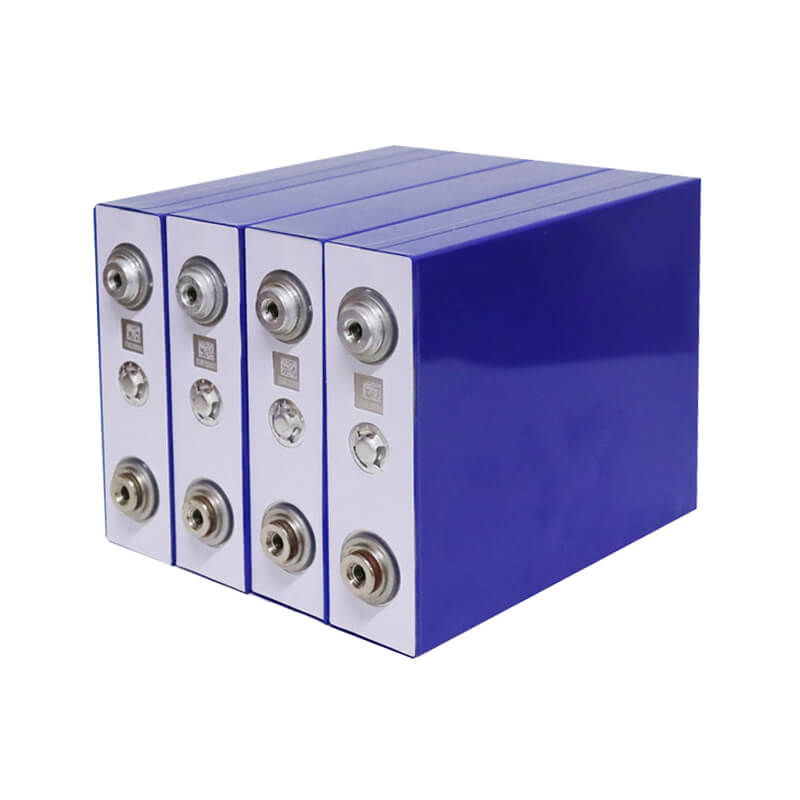
Soft pack battery
Features: Similar to the materials and processes of traditional hard shell batteries, the key lies in the aluminum-plastic composite film (divided into three layers).
Advantages: good safety, low explosion probability; high energy density and light weight.
Disadvantages: lack of standardization, high cost, aluminum-plastic film is imported, and the consistency is poor.
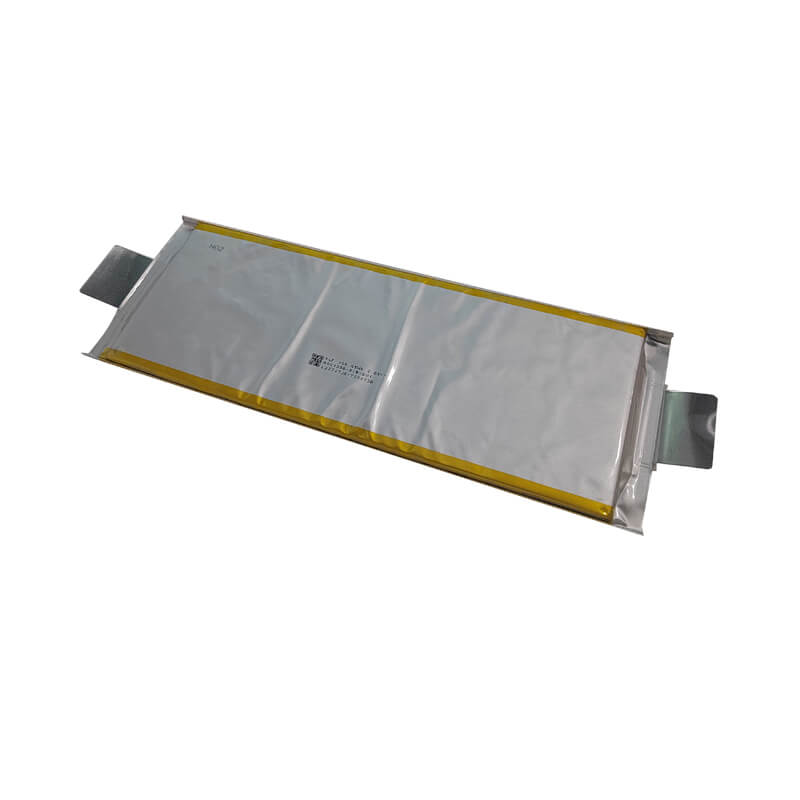
Cylindrical battery
Features: The earliest industrialized, with models such as 18650, 2170, and 4680.
Advantages: mature technology, high production efficiency, low cost, good yield rate, consistency and safety.
Disadvantages: heavy steel shell, low specific energy, low space utilization, poor radial thermal conductivity, small single battery capacity, complex connection loss and BMS management for electric vehicles.
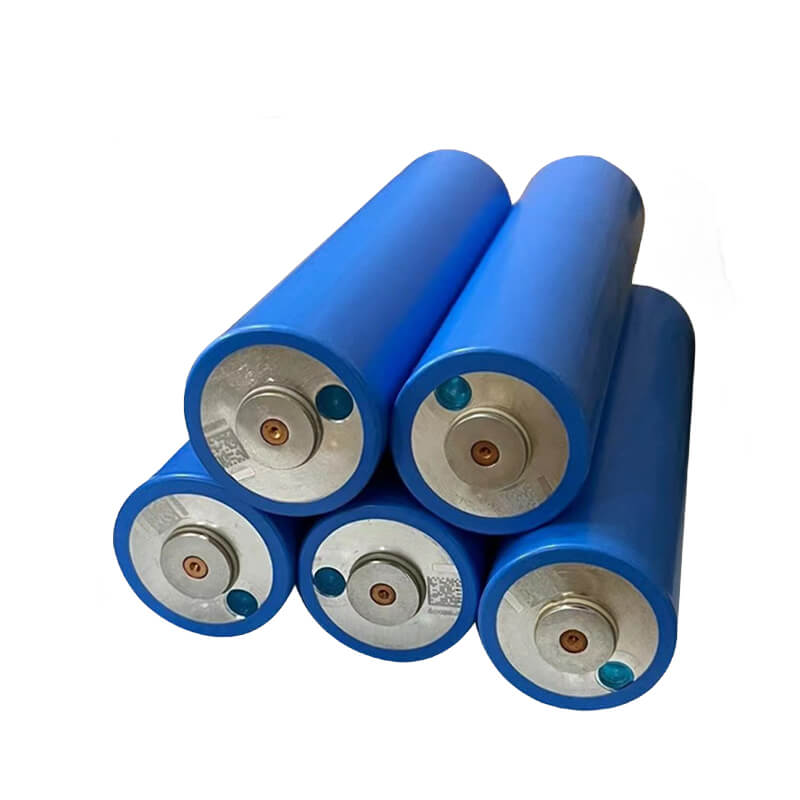
Comparison of three packaging types
Square: The process is simple, the battery cell protection and energy density are good, but there are many models and no standards, and the process is difficult to unify. Now the application of stacking technology is increasing.
Soft pack: high energy density, low strength, and high requirements for manufacturing and grouping.
Cylindrical: good standardization, mature technology, high automation, low cost, and strong consistency. However, poor radial heat conduction leads to small single-unit capacity, and outstanding problems in thermal management and group energy density.
Packaging method supplement
The packaging process is divided into winding and lamination. Cylinders can only be wound, soft packages can only be laminated, and square packages can be either. After the company selects it, it is generally not easy to change it unless there is a major change in the packaging process.
Related News
- 200Ah battery
- Can ternary lithium battery and lithium-ion battery chargers be used interchangeably?
- Two-wheeled electric vehicles 100 km mileage secret: 48V, 60V, 72V with the battery size?
- Key Advantages of Sodium Batteries in Automotive Starting Systems
- What is the difference between a prismatic and cylindrical lithium battery?
- The benefits of battery management systems
- Application of lithium-ion battery packs in household and commercial energy storage
- How long is the real life of lithium iron phosphate battery ?
- What are 48V lithium batteries for?
- Detailed explanation of the working principle of energy storage battery system!


